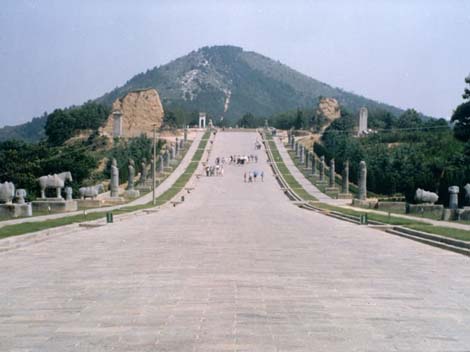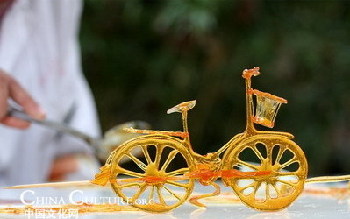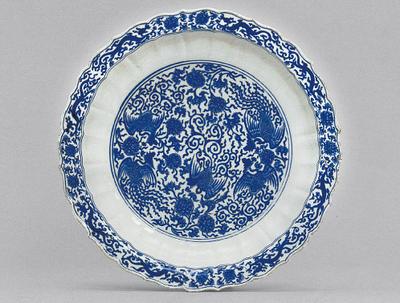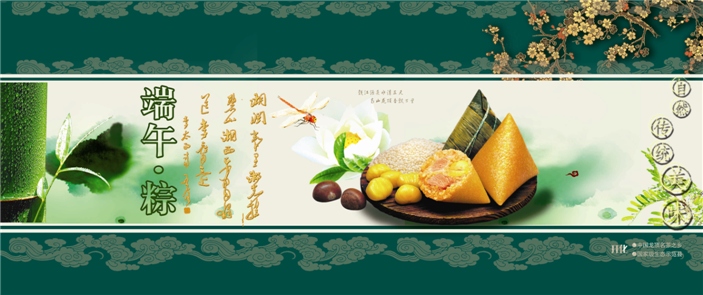| Home > China Feature |
Xixi National Wetland Park
Deep Pool Mouth can be crossed with a ferry.

Xixi National Wetland Park is located in the western outskirts of China's beautiful paradise city Hangzhou and lies at the southern tip of the longest and oldest canal in the world, the Hangzhou-Beijing Canal. Xixi covers an area of 3.46 square kilometers and features abundant ecological resources, beautiful natural scenes and a rich cultural heritage of ages. It ranks one of the "Three Xi" in Hangzhou along with the famous West Lake and Xiling Seal Society. It includes thousands of ponds, networks of streams and rivers, extensive reedbeds and ecological areas and provides rich examples of aspects of urban wetland, as well as agricultural and cultural wetland environment. Many unique cultural highlights add to Xixi’s fascination including the persimmon and plum festivals, the dragon boats, the silk industry, boat born martial arts. In this way Xixi National Wetland Park clearly represents a unique and unrivalled recreation and education experience.
 |
|
The Bo temple was then the manor of Zou Xiaozhi (nicknamed Shiji), a native of Qiantang in the late Ming and the early Qing Dynasties. |
At Xixi there is some evidence of an original wetland culture going back 4-5000 years. Specific records begin in the Eastern Han dynasty (223 AD) where Buddhists gathered to drink of Xixi`s water and engaged in stone carving and the first Buddhist temples were soon built on site. The famous Hua Fa Shi Temple established from 480-493 AD is the earliest temple still present at Xixi, though earlier temples existed. From the Tang Dynasty (beyond 618 AD), Xixi’s natural beauty and ecology were enthusiastically praised in the writings of the eminent poets. More recently, the famous Dragon Boat Festival was established (1465) together with the completion of many more pavilions and villas. Later still, In the mid 1600s, a Buddhist revival spawned a further plethora of historical temples. The persimmon, plums, reeds, bamboo and magnificent Camphor trees of Xixi at this time were becoming highly prized, and the ecology of Xixi was a key feature referenced in poems, writings and paintings of the period, as was its bird life. Building names, at this time, reflected Xixi??s ecological nature, prime examples including the Plum and Bamboo Villa established in 1839, and the Autumn Snow Temple referring to the sea of white reed heads viewed from the temple??s upper gallery. The fishing culture of Xixi has also been an important factor to the city - the fish and terrapins of Xixi’s 3000 ponds supplying much of the city of Hangzhou and surrounds.
Source: Xixi wetland
Art
 more
moreSculpture in Qianling Mausoleum
The sculpture of Qianling Mausoleum is the main relic of the ground ...

A Sweet Art:Sugar Painting
In and around China’s southwestern Sichuan Province, it is usual to ...

Chinese Treasure Displayed at Sha...
There are four treasures of the Chu Minority Culture displayed at th...

Custom
 more
more




 print
print  email
email  Favorite
Favorite  Transtlate
Transtlate 







